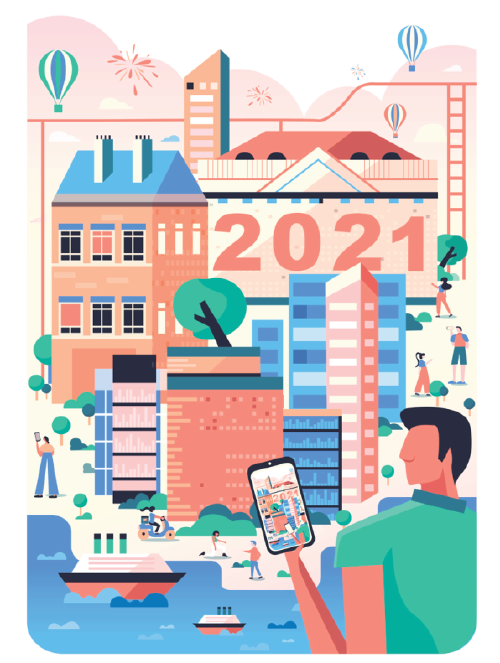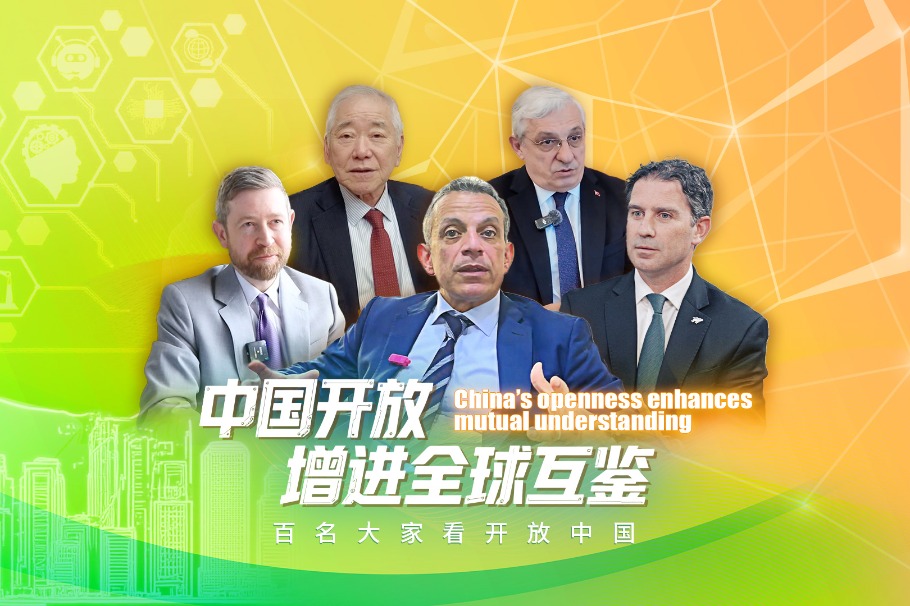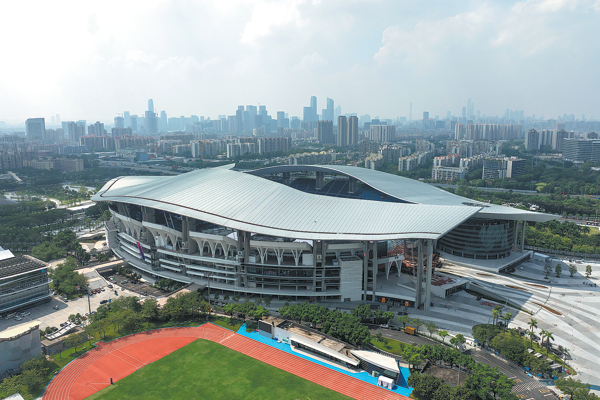Urban renewal
Cities will need to focus on new priorities in the new world of the post-pandemic era


As the world around us continues to evolve, so do the characteristics of global cities. It is already abundantly clear in the emerging reality of the pandemic and its aftermath that previous status will not be enough to secure a city's continued global prominence. Instead, city leaders will need to make strategic choices and investments,which are likely to look very different from years past, if they are to emerge stronger and more resilient.
The 2020 Global Cities Report, launched by Kearney Strategy Consultants, presents the Global Cities Index and the Global Cities Outlook, which together provided a comprehensive analysis of cities' current positions and future prospects as major global players.
This year's report indicates that entrepreneurial cities are on the rise worldwide. The most striking change in the GCI was Beijing's rise to displace Hong Kong among the top five global cities for the first time, suggesting the impact of combining stability and growth with aggressive investments in human capital and improvement in entrepreneurship and innovation.
Shanghai and San Francisco also made significant jumps, thanks in part to their scores on entrepreneurship and innovation, which incorporated a new metric: the number of unicorn companies in a city.
For many of the rising cities, long-term investments in governance and economics have begun to pay off. This is particularly true for cities in China and the Middle East,which are rapidly catching up with their European and North American peers.
Results of the GCI showed that the rise in the overall ranking of Chinese cities was mainly attributed to the improvement in business activity, cultural experience and human capital.
The other is the shift of growth drivers to innovation and governance, which is a more obvious change in recent years. This is consistent with China's continuous efforts to promote innovation and improve the business environment.
In particular, China has made excellent response to the pandemic, making full use of its system advantages and leading digital technologies.
However, Chinese cities are still lagging behind regional central cities such as Chicago in international political engagement and Amsterdam in cultural experience.They will need to improve their international power holistically and strengthen international connections at regional levels, in particular, city connections in regions where sound regional coordination mechanisms, such as the Belt and Road Initiative, the Regional Comprehensive Economic Partnership, are in place, to give full play the role of regions as key nodes.
In contrast to Chinese cities, European and North American cities are likely to be exposed to more development risks due to the economic stagnation brought about by the COVID-19 pandemic, and other enormous challenges such as greater income inequality, political divisions and immigration problems.
Taking into account the cumulative effects of the pandemic and other factors,we see major topics of concern for city leaders, that add urgency and complexity to the task of formulating an effective response to the pandemic.
First, COVID-19 has altered the actual and perceived risks of the physical proximity and demographic concentration that defines cities. At the same time, as virtual interaction and remote working models become more viable, the balance of costs and benefits associated with urban life for residents and companies alike has shifted.
With trends toward localization and economic nationalism already gaining momentum before the virus began its deadly assault, the crisis has brought on a whole new set of barriers to global flows of commerce, investment, people, ideas, data and technology.
Cities, traditionally centers of economic opportunities, are facing long-term challenges. The persistent issue of social and economic inequality is being compounded by the impact of automation on employment,education and training programs.
The choices cities make today will shape their trajectories for decades to come.While each city will necessarily adapt in its own way to cater for variations in geography, demographics and industrial strength-among other factors-we see the need for leaders to drive innovative progress in three vital areas: urban value creation,global city connectedness and transformation of the urban space.
As a definitive turning point, the pandemic has fueled a number of trends already putting tremendous strain on cities,from growing fiscal pressure and economic inequality to the effects of increasing deglobalization and environmental disruption.Meeting these challenges will require city leaders to reconsider many long-standing assumptions and priorities.
To emerge from the pandemic stronger and more resilient, city leaders will need to reimagine what is next for their cities. They will have to deepen their focus on creating public value-that is, value centered on the common good across all sectors and segments of society. By doing this, city leaders have an opportunity to reverse trends that have undermined cities' equity and resilience.
The international flows of goods, ideas,people, and funds that are so central to global cities are under threat from both the near-term fallout from the pandemic and the long-term trend away from a globalized international order. To sustain these vital flows in increasingly challenging conditions, city leaders must revitalize and expand their cities' global connectedness in a variety of ways.
Finally, city leaders have a responsibility to address the many challenges tied to physical space that have been so starkly revealed by the pandemic. They range from how to restart economies safely while complying with the need for social distancing to addressing the environmental inequalities linked to poor health outcomes in lower-income neighborhoods.The overall aim should be to reimagine city planning in a way that makes the lived environment more sustainable, resilient and inclusive.
Wang Yu is global partner of Kearney Strategy Consultants and head of Government &Economic Development Practice. Zhou Pengyuan is principal of Kearney. The authors contributed this article to China Watch, a think tank powered by China Daily. The views do not necessarily reflect those of China Daily.

































